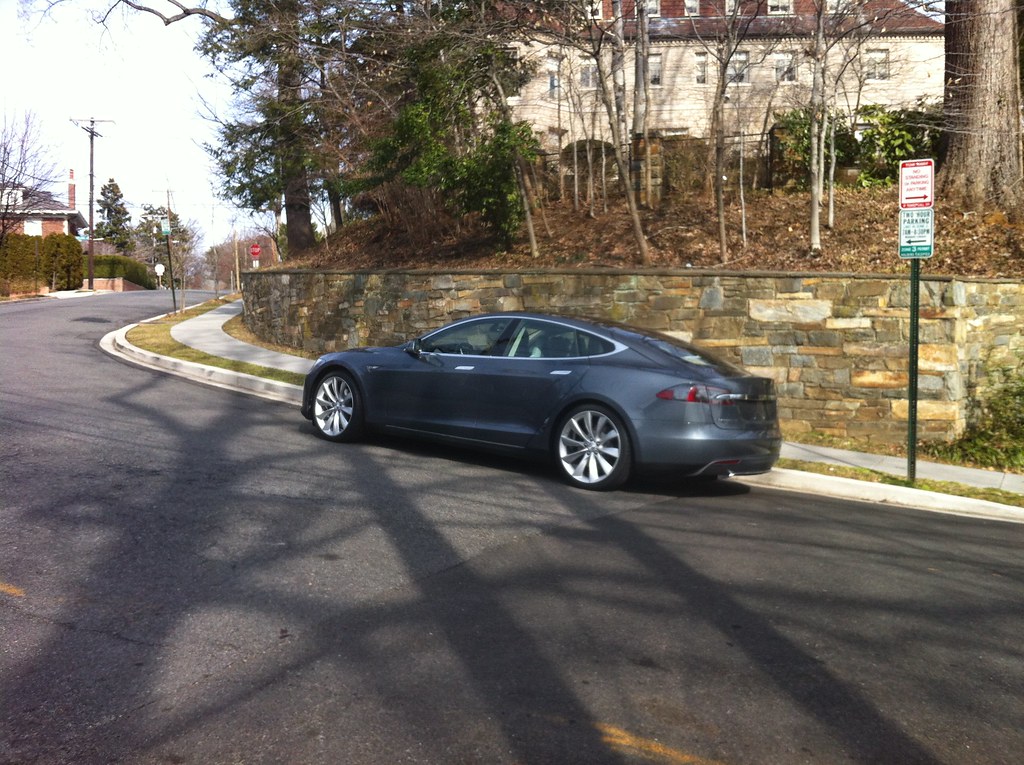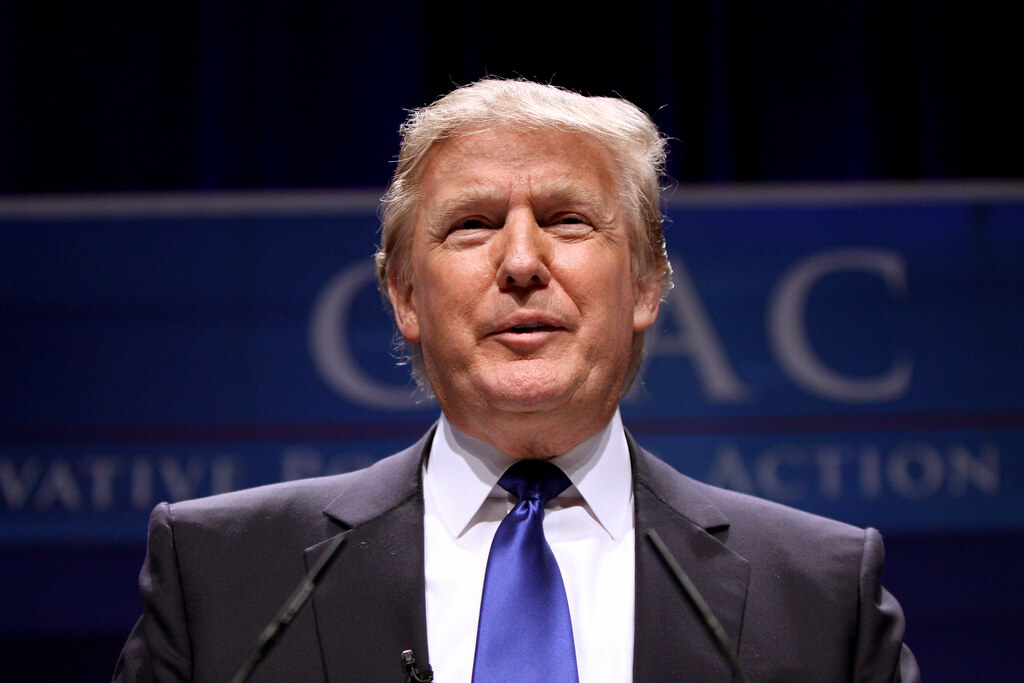In a move that underscores Tesla’s commitment to its Full Self-Driving (FSD) technology, CEO Elon Musk has issued a new directive to the company’s North American staff: every new Tesla customer must receive a demonstration of the FSD mode before taking delivery of their vehicle. This initiative is set to provide a hands-on introduction to one of Tesla’s most talked-about features, but it also comes with implications for the delivery process and customer experience.
Musk’s email to Tesla staff, which was leaked and later confirmed by Business Insider, makes it clear that this is not just a suggestion but a “hard requirement.” The rationale behind this decision is straightforward: Musk believes that “almost no one” understands how well the FSD software performs. By mandating a “short test ride” for new customers, Tesla aims to showcase the capabilities of the system, which includes automatic lane changes, highway navigation, and recognition of traffic signals and stop signs.
The FSD feature, which is available as a $12,000 purchase or through a $199 monthly subscription, has been a significant source of revenue for Tesla. However, it has also attracted scrutiny from regulators and safety advocates. Despite its name, Full Self-Driving still requires the driver’s constant attention and is not fully autonomous. Tesla’s marketing materials promise that the car “will be able to drive itself almost anywhere with minimal driver intervention,” a claim that has been met with skepticism and regulatory attention.
Musk’s directive also extends to vehicles returning from service centers, ensuring that all customers, not just new ones, are familiar with the FSD system. This approach may help justify the cost of the feature to buyers and could serve as a preemptive measure against potential safety concerns. It’s a strategic move that aligns with Tesla’s broader efforts to improve the safety and public perception of its driver-assistance technologies.

The decision to incorporate FSD demonstrations into the delivery process is not without its challenges. Musk himself acknowledges that this will “slow down the delivery process.” For a company that has faced production and delivery pressures, any additional step that could potentially delay customer handovers is significant. However, Musk deems this step essential, indicating a prioritization of customer education over delivery speed.
Tesla’s push for greater FSD adoption comes at a time when the company is under pressure to maintain its delivery numbers. With independent researchers like “Troy Teslike” predicting a potential decline in year-over-year deliveries, Tesla is rallying its staff to ensure a strong end to the quarter. Salaried and hourly workers are being asked to take on extra shifts to help with vehicle deliveries, a call to action that reflects the company’s all-hands-on-deck culture.
In the midst of these operational changes, Musk has also announced a one-month free trial of FSD for all U.S. cars capable of the feature. This move could entice more customers to adopt the technology and provide valuable feedback for further improvements.
Tesla continues to navigate the complex landscape of autonomous driving technology, and Musk’s latest mandate is a bold statement of confidence in the FSD system. It’s a reminder that at Tesla, innovation is not just about developing cutting-edge technology but also about ensuring that customers understand and trust the products they’re buying. With the promise of “three significant improvements to FSD” rolling out every two weeks, Tesla is betting that hands-on experience will turn skeptics into believers and pave the way for the future of driving.





